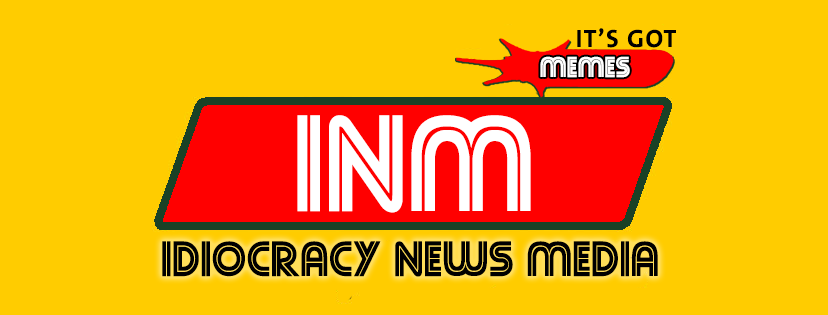The consumer price index rose 0.4 percent compared with the previous month, the Department of Labor said Thursday. Economists had forecast a 0.3 percent increase following a 0.2 percent increase in July.
Compared with a year ago, the consumer price index, the government’s main inflation indicator, rose 2.9 percent, matching the consensus forecast.
Shelter prices rose 0.4 percent and remain the biggest driver of inflation. Rising food and energy prices also pushed up inflation. The CPI shows no broad tariff pass-through. Import-sensitive goods like apparel and autos are up only slightly, and many other tradable goods categories are up minimally or even down in price.
Core prices, which exclude volatile food and energy categories, rose 0.3 percent. That also matched the consensus forecast. In July, core CPI rose 0.3 percent. Compared with a year ago, core CPI rose 3.1 percent, also matching expectations for a rise of 3.1 percent.
Core services and core goods prices rose 0.3 percent.
Food prices climbed 0.5 percent in August, with grocery prices rising 0.6 percent and restaurant prices climbing 0.3 percent. Energy prices rose 0.7 percent, led by a 1.9 percent increase in gasoline prices. Electricity prices climbed 0.2 percent and natural gas utility prices fell 1.6 percent.
New vehicle prices rose 0.3 percent and used car prices were up one percent.
Clothing prices rose 0.5 percent. Footware prices declined 0.4 percent. Household furniture prices, which climbed a steep 0.7 percent in July, rose by 0.1 percent, suggesting that any tariff effects may now be fully incorporated. Major appliance prices fell 1.1 percent, driven by a 2.9 decline in laundry equipment prices. Toy prices, another category that is heavily tariffed, fell by 0.8 percent after climbing 0.2 percent in July and 1.8 percent in June.
Medical services prices fell 0.1 percent for the month, with physician care rising 0.3 percent and dental care prices falling 0.7 percent. Hospital services prices were flat for the month.
Software prices tumbled 5.5 percent following a 2.6 percent decline in July. Computer prices fell 0.6 percent following July’s 1.2 percent drop. Smartphone prices ticked down 0.2 percent after being flat in July.
On Wednesday, the Bureau of Labor Statistics said that the producer price index declined by 0.1 percent in August, defying expectations for a 0.3 percent increase. Core PPI, which excludes food and energy prices, also rose 0.3 percent. Services prices fell for the month while goods prices inched up.
A measure of producer prices based on retail and wholesale margins, called trade services, declined sharply in the month, suggesting that businesses are not passing on increased costs from tariffs to consumers. Instead, businesses appear to be absorbing those costs.
The consumer price index measures prices paid by consumers. It includes sales taxes and imports but excludes exports, while the producer price index includes exports but not imports or sales taxes. The producer price index also measures prices paid by governments, businesses, and nonprofits, while the consumer price index counts only prices paid by households.
The Federal Reserve is widely expected to cut interest rates when its Federal Open Market Committee meets next week. The Fed has held interest rates steady throughout the year despite a softening labor market and low inflation, prompting sharp criticism from President Trump and many economists who see the Fed as once again failing to keep up with developments. This week, the Bureau of Labor Statistics released a preliminary estimate of revised jobs numbers, indicating that the economy added 911,000 fewer jobs in the 12 months through March 2025 than previous data had indicated.
In a separate report on Thursday, the Labor Department said jobless claims jumped to 263,000 last week, up from 236,000 in the previous week. Economists had forecast a decline to 234,000.
Breitbart News
Read the full article .


